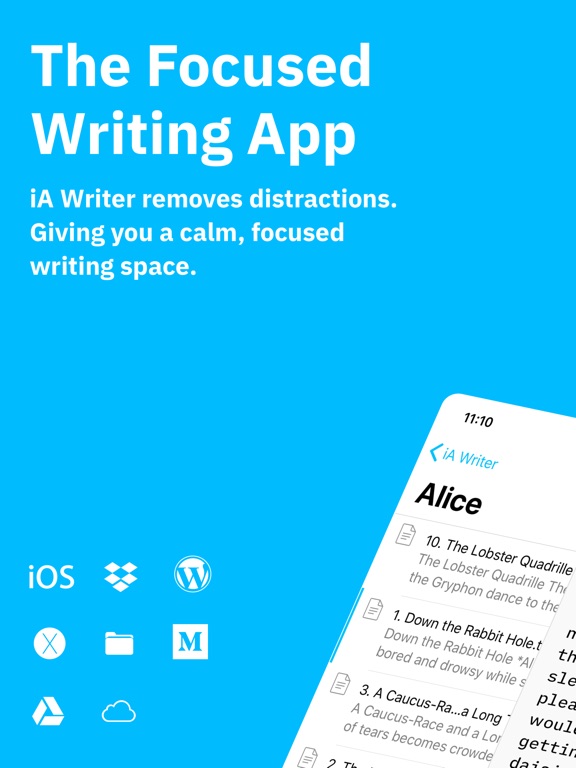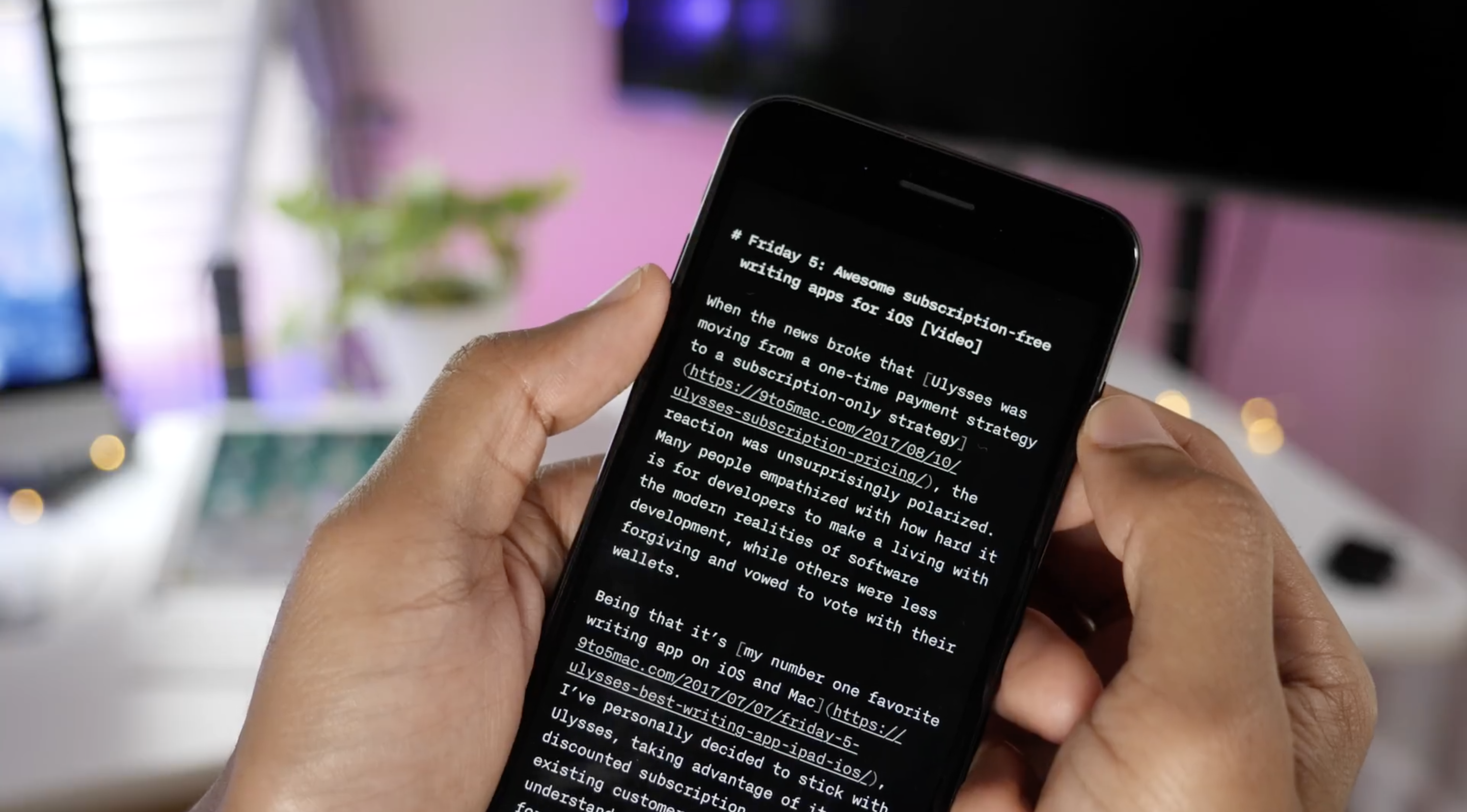

- #Open custom page on launch ia writer how to#
- #Open custom page on launch ia writer update#
- #Open custom page on launch ia writer code#
Turn off the "New tab tips" toggle switch to prevent the browser from showing tips.

#Open custom page on launch ia writer how to#
Install the amazing Theme Yin-and-Yang by Chetachi How to set up your Obsidian like iA Writer the easy way! The Trick Always dissatisfied, I finally found a simple and beautiful solution. Build and Deploy in Minutes Our AI-powered website builder will help you launch, host & validate your next website from just a simple prompt. Install the iA Writer Fonts on your computerįree trials of iA Writer, free templates and the Mono, Duo and Quattro fonts GitHub - mgmeyers/obsidian-style-settings: Dynamically creates a user interface for adjusting theme, plugin, and snippet CSS variables) Install the Plugin Style Settings from Matthew Meyers GitHub - chetachiezikeuzor/Yin-and-Yang-Theme: An Obsidian.md theme with a stark contrast between dark mode and light mode, much like the Yin and Yang symbol ☯️. Go to Plugin Option, select the plugin Style Settings and you will see that the plugin “Yin-and-Yang” has been identified.
#Open custom page on launch ia writer code#
Just click Import option, after that just paste the code and save.ĭisclaimer: I’m not sure what “plugin minimum” you refer to. css file for the theme you are using, scroll to the bottom and add any custom css rules you’d like. This is an open source word processor focused on a customizable focused writing experience.
#Open custom page on launch ia writer update#
I wouldn’t recommend that though as those additions will disappear if you update your theme. It’s not cloud based, so your drafts stay on your desktop in a folder somewhere.

css file yourself and put it within the vaultroot/.obsidian/snippets folder. Name it whatever you like, for example “secondbrain.css” or “mycss.css”. In that file you can add any of your own customisations without them being overwritten in for example a theme update or something. Also, under (Obsidian) Settings → Appearance (scroll to the bottom) you need to enable your custom css file. Normally within the themes there are also variables being set. This is to ensure that your styled elements are legible in dark/light theme settings. You can set your colors to a variable value and it will follow the theme. You can also instead set your colors to fixed color values if you know you’ll be happy with that.


 0 kommentar(er)
0 kommentar(er)
